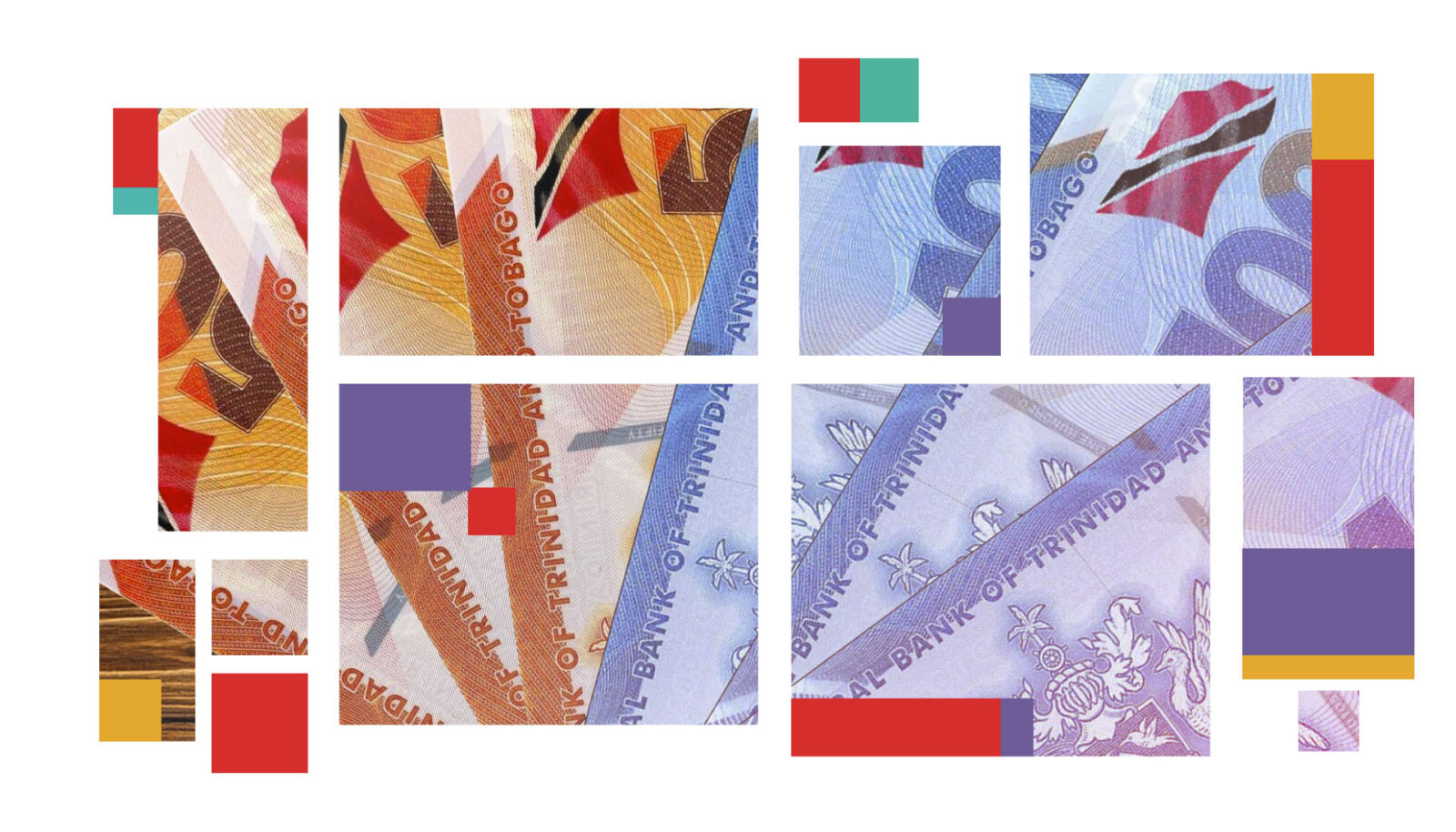
Trinidad and Tobago Budget 2025/2026: “Navigating Headwinds: Key Takeaways from T&T’s 2026 Budget Presentation”
The Government of Trinidad and Tobago’s Fiscal Year 2025/2026 National Budget, presented under the theme “T&T First: Building Economic Fairness through Accountable Fiscal Policies,” is the first budget introduced by the current administration. It outlines measures aimed at strengthening economic confidence, expanding the tax base, and supporting social equity in the context of ongoing energy sector challenges and uncertain global conditions.
Total expenditure is projected at TT$59.2 billion, with revenue estimated at TT$55.4 billion, resulting in a fiscal deficit of approximately TT$3.9 billion representing 2.2% of GDP, a moderate shortfall signaling cautious fiscal expansion focused on growth and stability.
The budget is predicated on an oil price of US$73.25 per barrel and a natural gas price of US$4.25/MMBtu, using a midpoint of projections from the Ministry of Energy. According to the latest forecasts by the U.S. Energy Information Agency (EIA), oil is expected to average US$62 in the fourth quarter of 2024 and US$52/b in 2026. Meanwhile, natural gas is expected to average US$3.90/MMBtu in 2026. The Minister of Finance noted that contingencies are built in to cushion potential energy price declines.
Macroeconomic Context and Outlook
The domestic economy entered 2025 on uneven footing as it contracted by 2.1% in the first quarter as natural gas output and energy exports weakened. Inflation has remained relatively low, measuring 1.4% in August while the unemployment rate fell to 4.9% by the end of the first quarter.
On the external side, foreign reserves fell to US$4.7 billion (5.5 months of imports) by the end of September, underscoring forex pressures. However, the Heritage and Stabilization Fund (HSF) performed strongly, recording a 12.9% increase in net asset value (NAV) from US$5.39 billion in 2023, lifting its value to US$6.09 billion in FY2024 and providing an important fiscal cushion.
According to the latest IMF forecast, the local economy is expected to grow by 1% in 2025. Several energy developments, such as BP’s Cypre project and ExxonMobil’s August 2025 deal, may foster recovery amid strains. However, the economic outlook is still vulnerable. Weak global demand, a potential drop in energy prices, and heightened geopolitical uncertainty could significantly dampen performance. On a positive note, the U.S. has now publicly reaffirmed support for Trinidad & Tobago’s Dragon gas project, with indications that an OFAC licence may be approved to allow its development to resume.
Fiscal Measures and Revenue Reforms
The Budget introduced several measures designed to raise fiscal revenues. Some major revenue measures included:
- 0.25% Asset Levy on banks and insurers, projected to raise about TT$575 million annually.
- Landlord Business Surcharge (2.5–3.5%) with mandatory registration to formalize the rental market.
- $0.05/kWh Electricity Surcharge on commercial and industrial users, estimated to generate TT$269 million while promoting energy conservation.
- Doubled excise duties on alcohol and tobacco, higher customs fees, and an Environmental Tyre Tax, together adding roughly TT$1 billion in revenue.
- Luxury Electric Vehicle Tax (10% duty, 12.5% VAT) to reduce foreign exchange leakage while maintaining environmental incentives.
- 5% tax on single-use plastics, earmarked for recycling and waste management programmes.
Investment, Diversification, and Social Priorities
Apart from revenue generating initiatives, the Minister of Finance outlined several items aimed at promoting diversification, private investment, and social inclusion. These included:
- The creation of a State-Sponsored Real Estate Investment Trust (REIT) and a TT$1 billion National Investment Fund (NIF) Bond, backed by shares in First Citizens Group Holdings, seeks to monetize state assets and deepen capital markets.
- Agriculture benefits from VAT and duty removal on equipment, feed, and inputs, alongside VAT relief on basic foods such as salt, coconut water, and local produce.
- the removal of import restrictions on raw materials like sand and limestone, supporting housing and job creation in the construction sector.
- Private pension income is now tax-exempt, and NIS contribution rates will increase by 3% in 2026 and again in 2027, with the retirement age rising to 65 by 2036 to preserve fund sustainability.
- A $1 per litre reduction in Super gasoline provides modest relief, while LPG subsidies remain for smaller cylinders to protect low-income users.
Risks and Opportunities
For businesses, particularly in the finance and real estate sectors, new levies may impact profit margins but are intended to support a more equitable and modernized fiscal framework. Administrative reforms such as the digitalization of the Inland Revenue and Customs Divisions are expected to improve compliance and enhance transparency.
For citizens, measures such as VAT relief, pension reform, and education initiatives offer potential benefits. However, proposed increases in excise duties, asset levies on banks and insurance companies, and possible electricity surcharges, if passed on to consumers, could contribute to a higher cost of living.
The success of the FY2025/2026 Budget will depend on effective implementation and sound macroeconomic management. Key risks include potential declines in oil and gas prices, which could reduce government revenue and widen the fiscal deficit. Domestically, resistance from impacted sectors may affect execution while global geopolitical tensions and supply chain disruptions present external uncertainties.
On the other hand, the Budget introduces new investment tools such as the REIT, NIF bond, and agricultural incentives that offer opportunities to diversify revenue streams and attract private capital. Initiatives focused on human capital development and digital transformation aim to enhance long-term productivity, while improvements in fiscal transparency may help build investor confidence. With careful management, the FY2025/2026 Budget has the potential to support more sustainable, inclusive, and innovation-oriented economic growth in Trinidad and Tobago.

